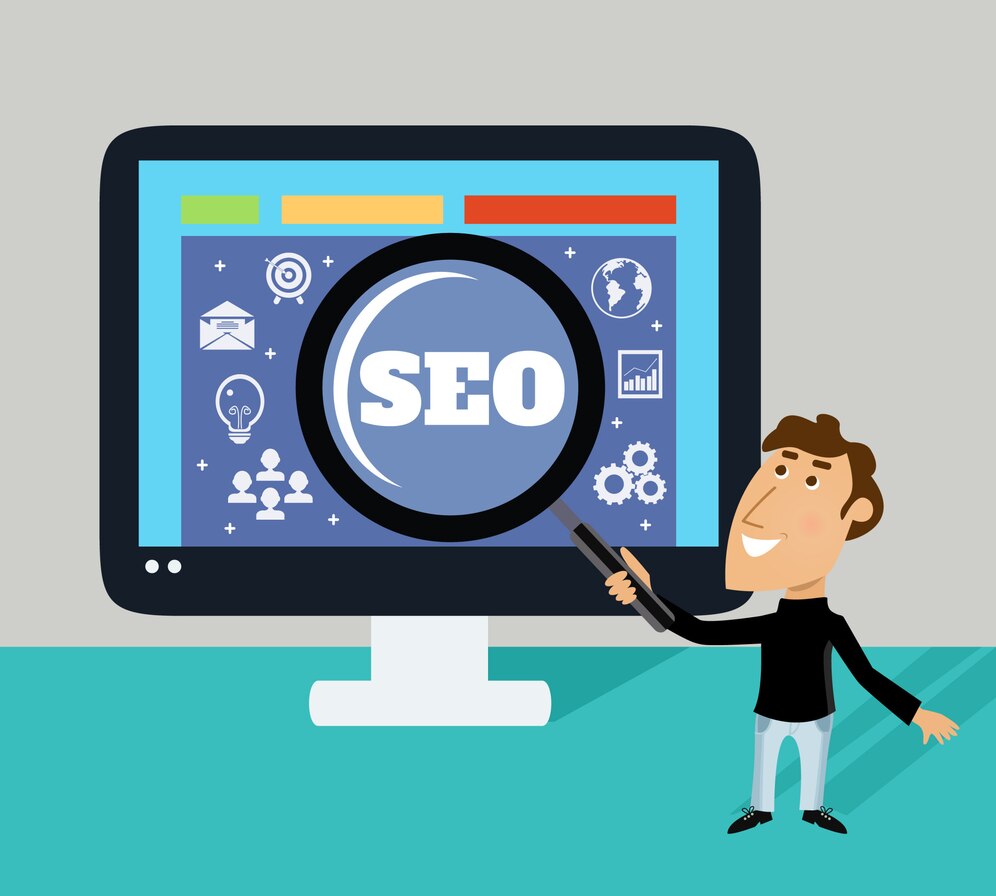What is SEO and SEM?
The main difference between SEO (Search Engine Optimization) and SEM (Search Engine Marketing) lies in their approach to gaining traffic and visibility on search engines. While SEO focuses solely on improving organic (unpaid) rankings, SEM encompasses both SEO and paid search ads (PPC).
What is SEO?
SEO is the process of optimizing your website to rank in the **organic search results** of search engines. Google, for example, uses over 200 ranking factors, which can be categorized into:
- On-Page SEO: Optimizing the content and structure of your website’s pages to target relevant keywords.
- Off-Page SEO: Building backlinks and improving site authority through external signals.
- Technical SEO: Ensuring that search engines can crawl, index, and navigate your site smoothly.
- User Interaction Signals: Factors like bounce rate and time on site, which influence ranking decisions.
What is SEM?
SEM is a broader strategy that combines both SEO and **paid search ads**. The paid component is typically **PPC (Pay-Per-Click)** advertising, where you bid for specific keywords, and your ad appears in search results when people search for those terms.
Key Elements of SEM
- PPC Ads: Paying for placement in search results. You pay each time someone clicks on your ad (CPC).
- Quality Score: Google’s metric that evaluates your ad’s relevance, click-through rate (CTR), and landing page quality.
- Ad Copy: Writing compelling ads that drive high CTR and lower your cost-per-click.
SEO vs SEM: Speed of Results
SEO can take time to yield significant results—often months or even years, depending on how competitive your keywords are. In contrast, SEM (particularly PPC) can show results almost instantly. However, a consistent effort and testing are required to ensure a good return on investment (ROI).
SEO vs SEM: Cost Considerations
SEO is often seen as a “free” strategy because you don’t pay for each click in organic results. However, it requires significant time and effort to achieve rankings. On the other hand, PPC campaigns (part of SEM) provide immediate results, but you must budget for each click. The key difference is that **SEO** provides long-term benefits without ongoing costs, while **PPC** stops when you stop paying.
When to Focus on SEO or SEM
When to Focus on SEO
If you have a limited budget and can’t afford to pay for ads, **SEO** is the best long-term investment. It’s ideal if you want to rank for informational queries that bring traffic over time.
When to Focus on SEM
If you need immediate results and have the budget for it, **PPC** through SEM is a great option. It’s perfect for time-sensitive promotions or when you’re testing different keywords for targeting.
When to Use Both (SEM Strategy)
For maximum visibility, you may want to combine both SEO and PPC strategies. Using both ensures you dominate both organic and paid results, covering all bases for your website’s traffic needs.
